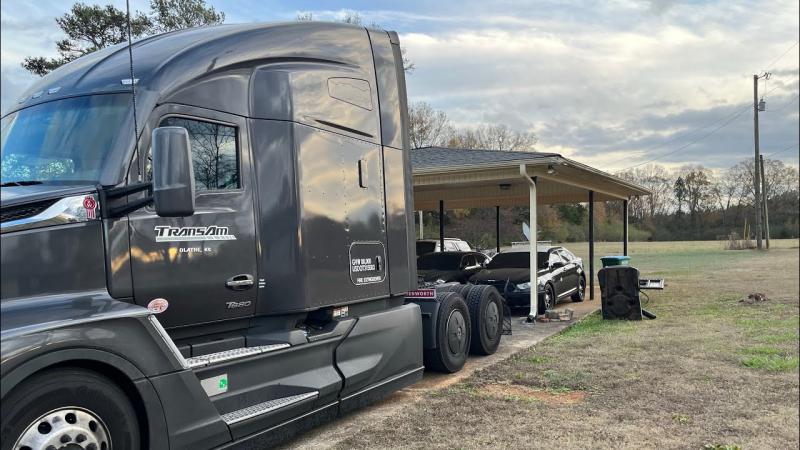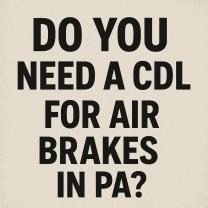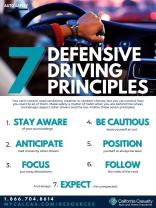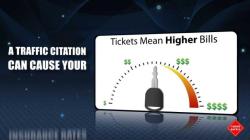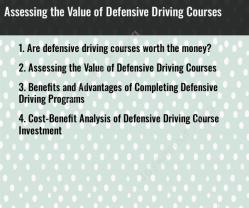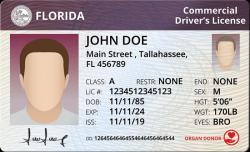What class CDL do I Need?
The class of Commercial Driver's License (CDL) you need depends on the type of vehicle you plan to operate and the kind of cargo you'll transport. CDLs are divided into three classes: A, B, and C. Here's a breakdown:
Class A CDL: This permits you to operate vehicles weighing over 26,000 pounds (including towed vehicles) if the gross combined weight rating (GCWR) is over 26,000 pounds and the towed vehicle weighs more than 10,000 pounds. This class typically covers tractor-trailers, truck and trailer combinations, tanker vehicles, livestock carriers, and flatbeds.
Class B CDL: With this, you can operate single vehicles weighing over 26,000 pounds and towed vehicles not exceeding 10,000 pounds. This includes straight trucks, large buses, dump trucks, and segmented buses.
Class C CDL: This is for vehicles that don’t fall into Classes A or B but are designed to transport 16 or more passengers or hazardous materials. Some states might have additional requirements for this class.
To determine the class you need, consider the vehicle you'll be operating and the type of cargo/passengers you'll transport. If you're still unsure, it's best to check with your state's Department of Motor Vehicles (DMV) or licensing authority. They'll provide precise guidelines based on your specific situation.
Which class of CDL is appropriate for specific driving purposes?
The appropriate class of CDL for specific driving purposes depends on the weight and type of vehicle you'll be operating. Here's a breakdown of the three main CDL classes and the types of vehicles they authorize you to drive:
Class A CDL:
- Required for vehicles with a Gross Vehicle Weight Rating (GVWR) of over 26,000 pounds, or any combination of vehicles where the towed vehicle has a GVWR of over 10,000 pounds.
- Examples of vehicles requiring a Class A CDL include:
- Semi-trucks
- Tractor-trailers
- Flatbed trucks
- Dump trucks
- Buses with 16 or more passengers (including the driver)
Class B CDL:
- Required for single vehicles with a GVWR of 26,001 pounds or more, or any single vehicle transporting hazardous materials.
- Examples of vehicles requiring a Class B CDL include:
- Straight trucks
- Delivery trucks
- Box trucks
- Garbage trucks
- School buses
Class C CDL:
- Required for vehicles that do not meet the requirements of Class A or B, but transport hazardous materials, or have a passenger capacity of 16 or more (including the driver).
- Examples of vehicles requiring a Class C CDL include:
- Small school buses
- Transit buses
- Motorcoaches
- Tankers
- Hazardous materials delivery vehicles
Additional endorsements:
Some CDL classes require additional endorsements to operate certain types of vehicles or transport specific types of cargo. Common endorsements include:
- Tanker (T): Required for tanker trucks transporting liquids or gases.
- Hazardous Materials (H): Required for vehicles transporting hazardous materials.
- Passenger (P): Required for buses carrying passengers.
- Doubles/Triples (TWIC): Required for operating double or triple trailers.
It's important to note that these are just general guidelines. The specific requirements for each CDL class and endorsement may vary depending on your state. It's always best to check with your local Department of Motor Vehicles (DMV) for the most up-to-date information.
